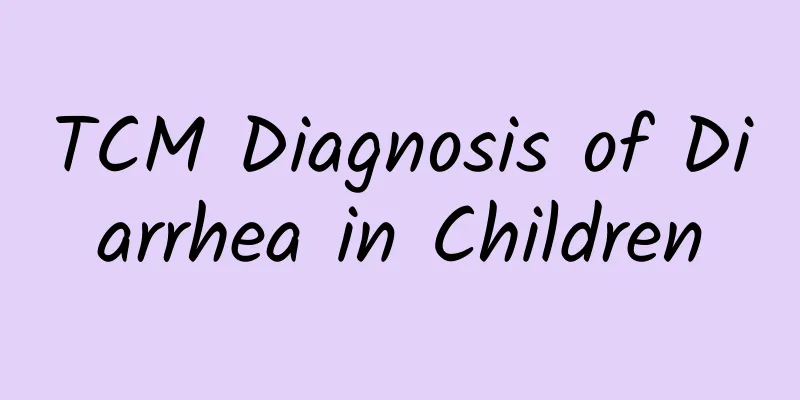What are the causes of neonatal jaundice?

|
Treatment for neonatal jaundice includes phototherapy and drug therapy. Common causes are abnormal bilirubin metabolism and immature liver function. Neonatal jaundice is caused by excessive bilirubin production, insufficient liver metabolism, or bilirubin excretion disorders. Bilirubin is a product of red blood cell decomposition. The liver function of newborns is not fully developed and cannot effectively process bilirubin, causing it to accumulate in the blood, manifesting as yellowing of the skin and whites of the eyes. 1. Excessive bilirubin production: Newborns have shorter red blood cells and break down faster, which leads to increased bilirubin production. Blood type incompatibility between mother and baby, such as ABO or Rh blood type incompatibility, may cause hemolysis, further increasing bilirubin levels. Premature and low-birth-weight babies have a higher risk of jaundice because their red blood cells break down faster. 2. Insufficient liver metabolism capacity: The liver function of newborns is not yet mature, and the activity of bilirubin metabolic enzymes is low, which cannot effectively convert bilirubin into an excretable form. Hereditary liver enzyme deficiencies such as Gilbert's syndrome can also affect bilirubin metabolism. 3. Bilirubin excretion disorder: Biliary atresia or abnormal bile duct development may lead to obstruction of bilirubin excretion. Breast milk jaundice is caused by certain components in breast milk inhibiting the metabolism of bilirubin, and usually occurs after breastfeeding. 4. Other factors: Infection, hypoxia or drug use may affect bilirubin metabolism. Neonatal infections such as sepsis can increase bilirubin production, while hypoxia may damage liver function. The mainstay of treatment for neonatal jaundice is phototherapy, which uses a specific wavelength of blue light to convert bilirubin into an excretable form. In severe cases, exchange transfusion may be needed to rapidly reduce bilirubin levels. Medical treatments include phenobarbital to increase liver enzyme activity or albumin to bind bilirubin to promote excretion. Breast milk jaundice usually requires no specific treatment and is managed with ongoing monitoring. Preventive measures include early breastfeeding, avoidance of infection, and regular monitoring of bilirubin levels. Early identification and intervention of neonatal jaundice is crucial to avoid serious complications such as kernicterus caused by high bilirubin. Parents should closely observe changes in the color of the newborn's skin and whites of the eyes, seek medical attention for bilirubin testing in a timely manner, and follow the doctor's treatment recommendations to ensure the healthy development of the newborn. |
<<: How to treat hand, foot and mouth disease in a four-year-old child
>>: Can azithromycin cure pneumonia in children?
Recommend
Nursing Care of Patients with Poliomyelitis
The harm caused by polio is irreversible. It brin...
What should I do if my baby has breast milk jaundice?
There is a type of neonatal jaundice called breas...
What are the symptoms of pneumonia in children? What are the daily dietary taboos for pneumonia in children?
In the daily process of parenting, pediatric pneu...
Which department should I go to for diagnosis of ADHD?
Diagnosis of ADHD in children usually requires an...
What are the symptoms of Hirschsprung's disease in adults?
Typical symptoms of Hirschsprung's disease in...
Several common examination methods for pediatric eczema
Babies are like the apple of their parents' e...
Can children take cough medicine when they have a cough?
Coughing is a protective mechanism of the body th...
What topical medications can be used for pediatric eczema
Pediatric eczema is a common allergic skin diseas...
How much does it cost to treat diarrhea in children?
How much does it cost to treat diarrhea in childr...
What are the treatment methods for acute laryngitis in children?
Acute laryngitis in children is a common pediatri...
What are the side effects of taking collagen? What are the effects and functions of collagen?
Since collagen is very important to human health,...
What are the symptoms of pneumonia in children? Two methods of caring for children with pneumonia
Pneumonia in children is a common disease. It is ...
The best treatment for mumps in children
How many treatments are there for mumps? How to t...
What should children with kidney disease pay attention to?
Pediatric nephritis is one of the most common dis...
How to treat baby's tonsillitis How to treat baby's tonsillitis
Tonsillitis is a common problem. Parents don’t ne...









